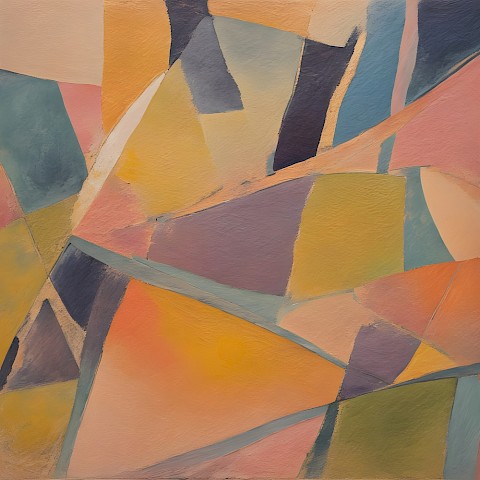|
30 VII 2025 |
12. Rome and After 1828-35
472 - View of Orvieto, painted in Rome | |

| ||
|
Turner went to Rome for the second time in 1828, leaving England in August and arriving in October; he stayed until January 1829 and was back in England in February. Sir Charles Eastlake told Thornbury (1862, 1, p.221) that they both stayed at 12 Piazza Mignanelli and that Turner 'painted there the "View of Orvieto", the "Regulus", and the "Medea" [Nos.474 and 473]. Those pictures were exhibited in Rome in some rooms which Turner subsequently occupied at the Quattro Fontane. The foreign artists who went to see them could make nothing of them'. Turner advertised that he was to exhibit 'due Paessaggi' for a week at the Palazzo Trulli in the Diario di Roma for 17 December 1828. These John Gage identifies (1968, p.679) as 'Orvieto' and 'Regulus', though it is known that 'Medea' was on view on 16 December (Finberg 1961, P.311). In a letter written in February 1829 Eastlake confirmed that Turner exhibited these three works, as well as beginning eight or ten pictures', presumably including 'Palestrina' (see under No.331), three further works on identical canvases tacked to the stretchers with the same tacks, 'Venus reclining', 'Outline of the Venus de' Medici’, and 'Southern Landscape' (Tate Gallery 5498, 5509 and 5510), 'Italian Landscape with a Road in the Foreground' (Tate Gallery 5473), and perhaps the composition sketches on similar but not identical coarse canvas mentioned under Nos.475-80. Turner himself reported his progress in a letter to Sir Francis Chantrey of 6 November 1828: 'I have confined myself to the painting department... and having finished one, am about the second, and getting on with Lord E.s' [Palestrina'], which I began the very first touch at Rome; but as folk here talked that I would show them not, I finished a small three feet four to stop their gabbling'; this last was presumably 'Orvieto'. Eastlake's account in Thornbury goes on, When those same works were packed to be sent to England, I advised him to have the cover covered with waxed cloth, as the pictures without it might be exposed to wet. Turner thanked me, and said the advice was important; "for" , he added, "if any wet gets to them, they will be destroyed" . This indicates his practice of preparing his pictures with a kind of tempera, a method which, before the surface was varnished, was not waterproof . The pictures referred to were, in fact, not finished; nor could any of his exhibited pictures be said to be finished till he had worked on them when they were on the walls of the Royal Academy'. This is supported by the review of 'Orvieto' in The Morning Chronicle for 3 May 1830 quoted under 'Pilate washing his Hands' (see No.332), though in fact 'Orvieto' is much more thinly painted, and apparently much less gone over, than 'Pilate'. Although Turner had hoped that his Rome paintings would reach London in time for the Royal Academy exhibition in I829 there were shipping delays and 'Orvieto' and 'Palestrina' were not exhibited until 1830, 'Medea' until 1831 and 'Regulus' until 1837. An image generated by an AI Machine Learning Model Property of the artist. | ||
